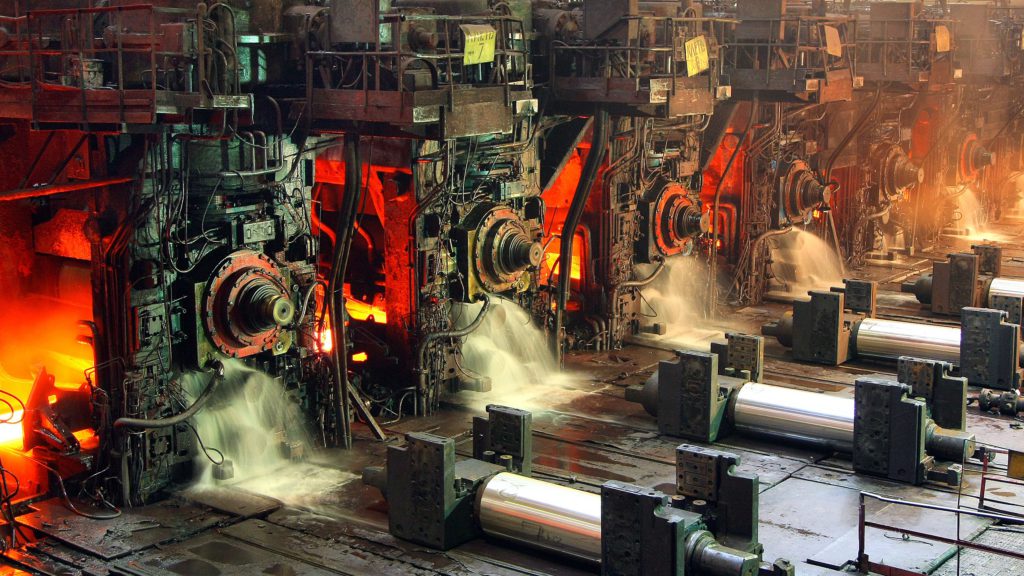
Iron ore prices climbed back on Monday as China’s steel output hit a record high despite the government’s pledge to curb annual production to reduce pollution and increase costs from raw materials.
The robust pace of production also lifted the year-to-date tally to 375 million tonnes, a 16% jump compared to same period last year. This comes as iron ore stockpiles at Chinese ports declined for the third week, indicating strength in demand.
Benchmark 62% Fe fines imported into Northern China (CFR Qingdao) were changing hands for $217.77 a tonne on Monday, up 4.3%, according to Fastmarkets MB.
Fastmarkets’ 62% Fe iron ore fines index experienced its most volatile week on record last week. After a new high-water mark of $237.57 per tonne on Wednesday, the index plummeted on Friday with a record daily loss of -$28.78.
“We don’t believe runaway iron ore prices are down to a macro reinflation trade on futures markets. While iron ore’s highly liquid paper contracts can certainly impact sentiment, the hallmarks of genuine physical tightness are evident in the details,” said Peter Hannah, Index Manager at the commodity price reporting agency.
“Firstly, expanded quality differentials signal consumers’ willingness to pay up to raise productivity. The premium the 65% Fe Fines Index commands over the 62% Fe hit a record level too in recent weeks and is a key bellwether of steel mills’ profit motive.
Higher prices for low-impurity brands bought and sold at Chinese ports compared with their seaborne traded levels (more than $50/t for Vale’s Brazilian Blend) have reflected a strong appetite for immediate consumption of the most desired chemistries, Hannah said.
“You would not expect to see this if speculation were the main driver of the rally,”
“As China’s steel production still continues to expand, its steel margins remain elevated and seaborne iron ore supply remains constrained, we think that the iron ore price can stay around the current level through 2Q, but is likely to remain highly volatile,” analysts at Morgan Stanley wrote in a note.
Related read: Analysts not convinced the iron ore price run has legs
Futures prices for construction rebar and hot rolled coils have jumped 32% and 38% so far this year
Iron ore rocketed higher early last week, prompting the authorities to crack down further on the steel sector. Steel mills from Tangshan to Shanghai were warned not to fabricate or spread price hike information after Premier Li Keqiang urged the nation to deal with surging prices.
“Besides increasing output at long-processing mills that are not subject to curbs, production at electric arc furnaces also gained,” Liu Xinwei, chief researcher with Sublime China Information told Reuters.
Futures prices for construction rebar and hot rolled coils have jumped 32% and 38% so far this year, respectively.
The bourse in Dalian has raised trading limits for iron ore, while the Shanghai Futures Exchange plans to raise trading limits of deformed steel bar and hot-rolled sheet futures from Tuesday on.
“The government may intervene but they were caught in between their policy of urbanization — which needs steel or ore and keeping consumption up — and their wish to control pollution and the iron ore price,” Philip Kirchlechner, director at Iron Ore Research Pty told Bloomberg.
“If the speculative component is big enough, any rumor about changes in government policy can push the price down again. This is what might be happening.”
(With files from Bloomberg and Reuters)
No comments:
Post a Comment